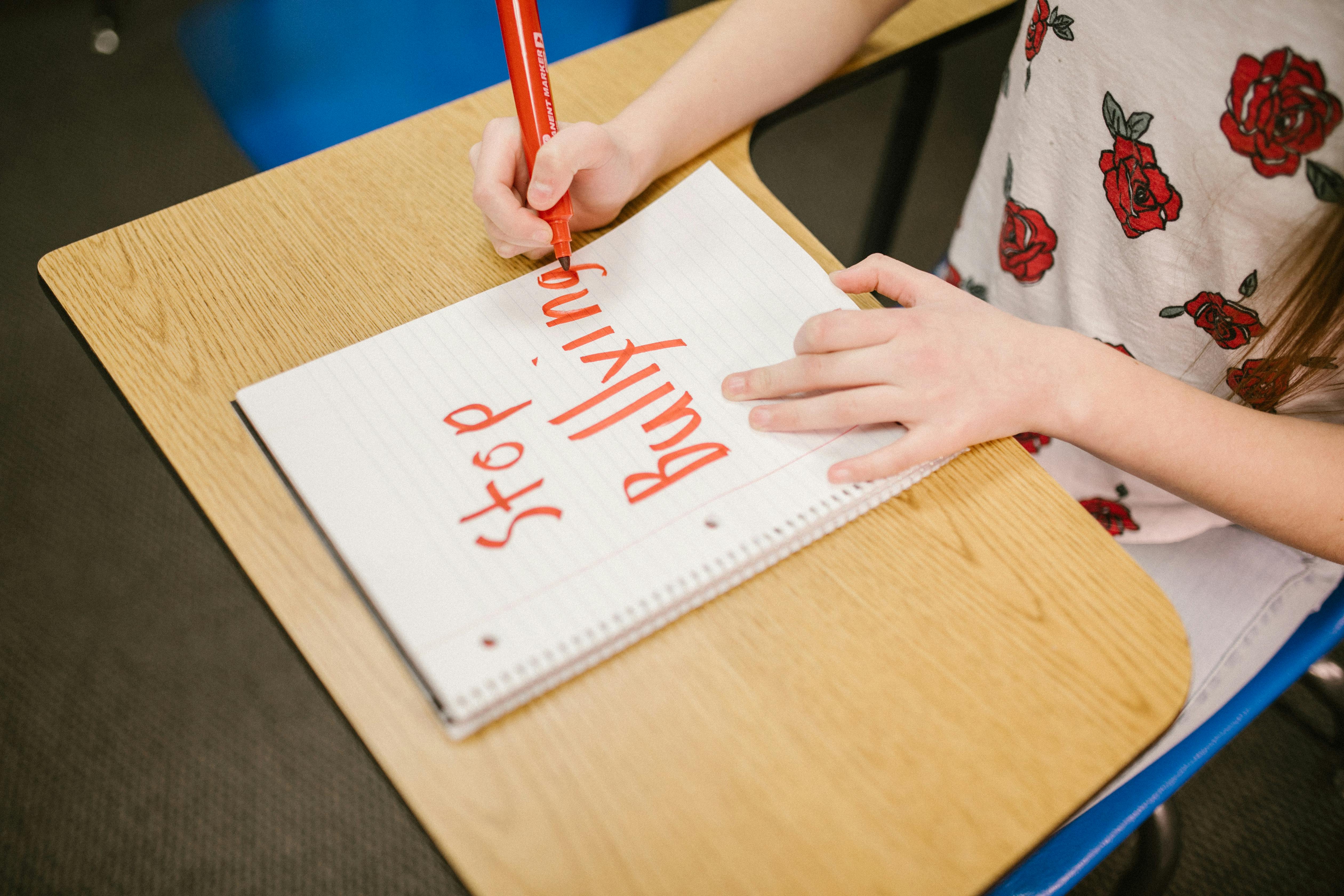If you are overweight and serious about losing weight, then you are on the right track to start running. Running is a great exercise for weight loss as it burns a significant amount of calories in each session, skewing the caloric balance in favor of losing weight.
You may hear people say that “running is not slow enough exercise to burn fat” or “that your body will get used to running.” While this is true to some extent, the basic fact remains that using more energy than you take in through food will result in weight loss, period.
So he only What you need to focus on to get started is increasing your fitness level so that you can run 3-4 times a week comfortably. This needs you to have a slightly longer view of your weight loss than you might have had in mind, but let’s face it, there is no quick fix to sustainably losing weight.
To get started successfully, follow the tips below:
- Start walking. As long as you have the determination to get started, get out there and do something. Regardless of your weight or fitness level, you can probably get out and walk quickly. You can do this today without any special equipment. Just walk out your front door, choose a route, and start walking for about 15-20 minutes if you can handle it. Keep your arms swinging, your stride long, and walk at a pace where you feel like breathing, but don’t get out of breath. That’s training number 1.
- Don’t start a diet. Starting a run will require sufficient willpower without trying to start a diet at the same time. Your body is also going to need the calories and nutrients you take in more than ever. Exercise regularly first, then think about diet. You will lose weight when you start running as long as your weight is relatively stable on your current diet.
- Get some good running shoes. Specialized sneakers are much better than basic or trendy sneakers. They compensate for imbalances in your gait and can provide additional cushioning that can reduce the impact on your joints and tendons.
- Choose a training program. A good beginner training program will take you from brisk walking to continuous running over the course of 6-10 weeks. The best programs use a combination of walking and running in the form of interval training. Over several weeks, interval training gently increases your fitness levels to a point where continuous running is possible and comfortable.
- Never run out of breath. Learn to listen to your body and slow down, or walk again if you feel like you’re out of breath. If you are out of breath, try not to stop moving completely, but keep walking even slowly to actively recover.
- Don’t push too hard. The most important thing you can do in your running program is stick with it. You are more likely to stick with it if you enjoy it and don’t burn out session after session. Stay within our limits even if it means repeating a week of your training program or missing your goal for that day.
- Rest. It’s not the effort of running that gets you in shape, it’s the rest periods in between. Don’t skip rest days, as your body needs them to recover, develop cardiovascular and physical strength, making you fitter and less prone to injury.
- Go slow In the first few weeks of racing, the pace is not the point, there will be plenty of time to accelerate later and even if you feel like you are dragging your feet just a little faster than walking, don’t worry just yet. Keeping the pace slow and within your limits means you are less likely to overexert yourself and less likely to end up with an injury.
- Keep hydrated. Dehydration negatively affects your performance, recovery, and hampers your body when it tries to metabolize fat. Learn to stay hydrated throughout the day, it is the best thing you can do to prepare for your running sessions. Don’t wait until you are about to go for a run, as your body needs time to absorb the water you drink. Carrying water with you while you run is not necessary for the short distances you will cover, although it will give you an advantage in fluid replacement.
- Stretch. Get in the habit of stretching your leg muscles after each session, it will help you stay flexible, stop stiffness, and feel lighter when you go for a run.
- And finally, look at your diet. Although you will lose some weight running alone, you will also have to watch how much and what you eat to lose a significant amount of weight. The good news is that if you wait until you’re running regularly, you won’t need to make such big changes to your total calorie intake. Instead, small adjustments in what you eat will have a bigger impact on your weight loss due to all that extra exercise.



